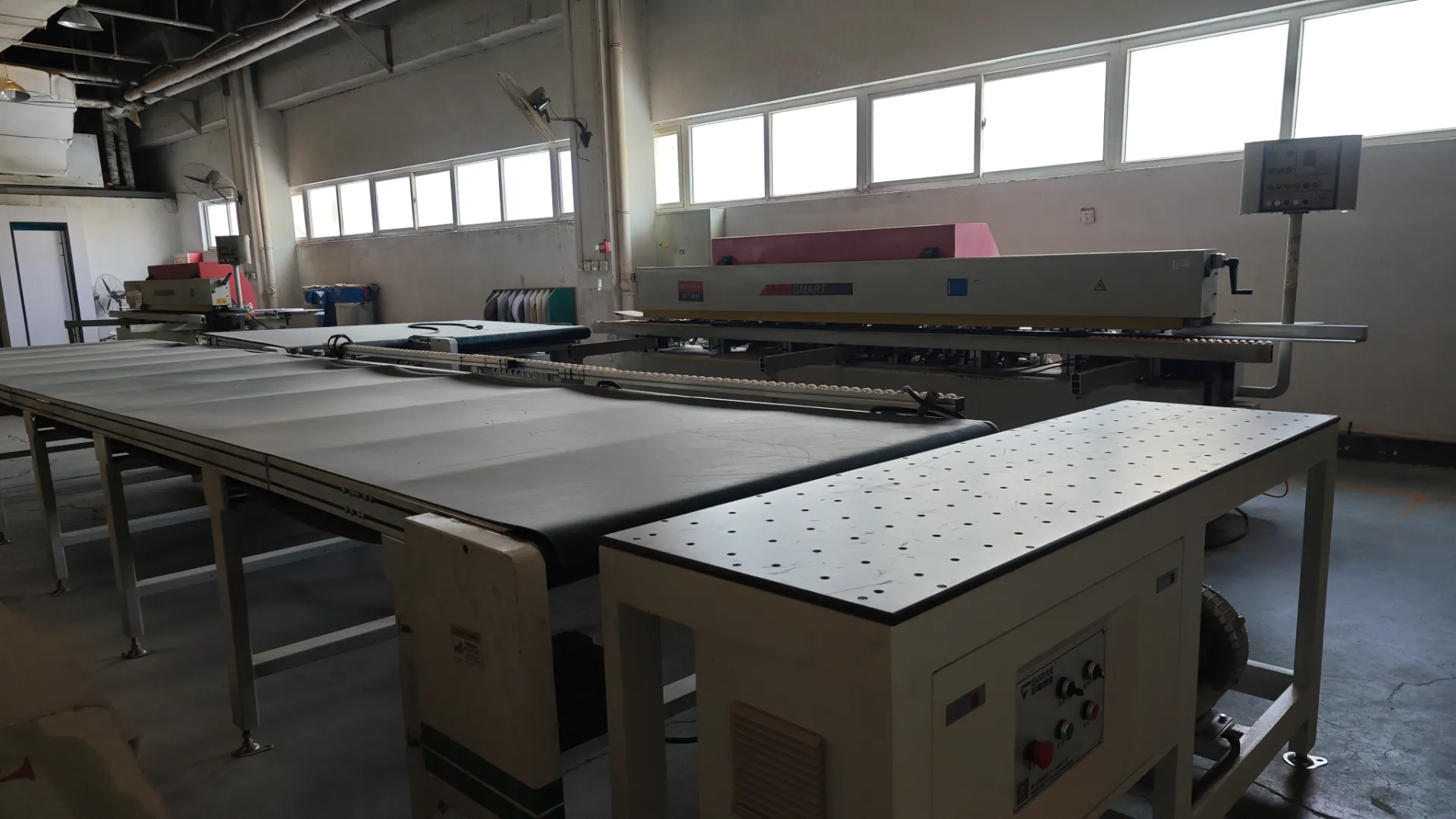Dis . 11, 2024 20:51 Back to list
store design
The Art of Store Design Creating Spaces That Engage and Inspire
Store design is a critical aspect of retail success, influencing customers' shopping experiences and driving sales. In a world where competition is fierce and consumer behaviors constantly evolve, creating a visually appealing and functional space is more important than ever. This article explores the key elements of effective store design and how they contribute to a captivating shopping environment.
1. Brand Identity and Storytelling
At the core of any successful store design is the representation of the brand's identity. A well-designed store conveys the brand's story, values, and mission, allowing customers to connect with the brand on a deeper emotional level. For example, high-end fashion retailers often use minimalist designs, muted colors, and sophisticated displays to evoke a sense of luxury and exclusivity. In contrast, brands that promote sustainability may incorporate natural materials and eco-friendly design elements, reinforcing their commitment to environmental responsibility.
2. Layout and Flow
The layout of a store plays a vital role in how customers navigate the space. An effective layout provides a logical flow that guides shoppers through different sections while highlighting key products. Retailers often use a combination of grid, racetrack, and free-flow layouts, depending on the type of merchandise and target audience. For instance, grocery stores typically utilize a grid layout for efficiency, while boutique stores may employ a free-flow layout to create a more relaxed shopping experience. It's essential to ensure that the layout maximizes product visibility and encourages impulse buying.
store design

Lighting is another crucial aspect of store design. It not only highlights products but also sets the overall mood of the space. Effective lighting can create a warm and inviting atmosphere, making customers feel comfortable and welcome. Retailers often use a combination of ambient, task, and accent lighting to create layers of illumination that enhance the shopping experience. For example, jewelry stores commonly use spotlighting to draw attention to specific displays, while clothing retailers may use softer, diffused lighting to create a cozy environment.
4. Visual Merchandising
Visual merchandising refers to the presentation of products in a way that attracts and engages customers. This involves the strategic placement of products, the use of props, and the creation of eye-catching displays. Effective visual merchandising can significantly influence purchasing behavior by showcasing products in their best light. Seasonal themes, promotional displays, and storytelling through product arrangement can create a dynamic shopping experience that entices customers to explore the store further.
5. Technology Integration
With the rise of e-commerce and technological advancements, integrating technology into store design has become increasingly important. Retailers are leveraging interactive displays, augmented reality, and digital signage to enhance the shopping experience and provide customers with more information about products. Technology can also streamline the purchasing process, making it easier for customers to find what they need and complete transactions efficiently. By incorporating technology thoughtfully, retailers can create a modern and engaging environment that meets the demands of today's tech-savvy consumers.
Conclusion
In conclusion, store design is an essential component of retail strategy that influences customer perceptions and behaviors. By focusing on brand identity, layout, lighting, visual merchandising, and technology integration, retailers can create spaces that not only attract customers but also encourage them to return. As the retail landscape continues to evolve, staying ahead of design trends and understanding consumer preferences will be key to fostering an engaging shopping experience. Ultimately, a well-designed store can transform mere transactions into memorable experiences, fostering loyalty and driving sales.
-
The Benefits of Electronic Shelf Labels for Modern Stores
NewsJul.01,2025
-
Space-Saving Retail Store Furniture Designs for Small Shops
NewsJul.01,2025
-
Slatwall vs. Gridwall: Which Store Fixture is Right for Your Business?
NewsJul.01,2025
-
Shop Fittings: Essential Elements for a Functional Retail Space
NewsJul.01,2025
-
How to Design a Minimalist Cosmetic Shop Display
NewsJul.01,2025
-
Creative Clothes Shop Display Ideas to Attract More Customers
NewsJul.01,2025


















































































































